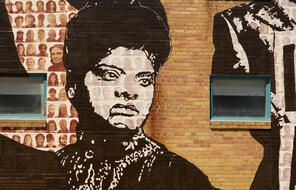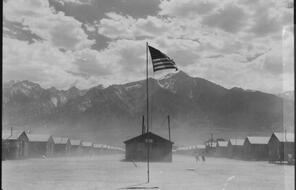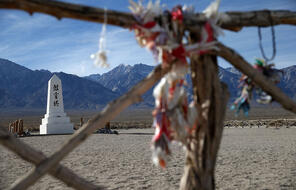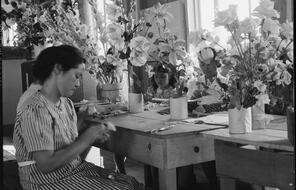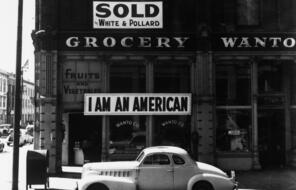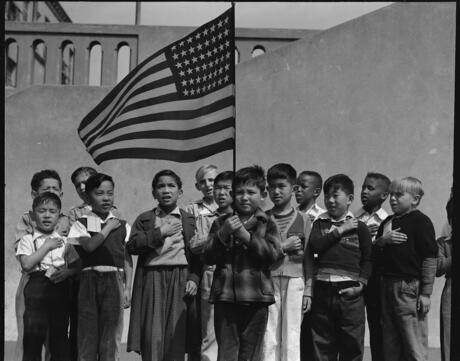
Supporting Question 1: Historical Context for Japanese American Incarceration
Duration
One 50-min class periodSubject
- History
- Social Studies
Grade
9–12Language
English — USPublished
Get it in Google Drive!
Get everything you need including content from this page
Get it in Google Drive!
Get everything you need including content from this page
Overview
About This Lesson
Students explore Supporting Question 1 through a series of activities that help them understand important events related to the historical context for Japanese American incarceration. They conclude with a Formative Task that asks them to identify at least three historical events or factors that made the incarceration of Japanese Americans during World War II possible.
Supporting Question
What conditions made the incarceration of Japanese Americans during World War II possible?
Formative Task
Students will make a list of at least three historical events or factors that made the incarceration of Japanese Americans during World War II possible.
Resources in this Lesson
-
Facing History & Ourselves
-
Facing History & Ourselves
Lesson Plans
Lesson Plan
Formative Task
Unlimited Access to Learning. More Added Every Month.
Facing History & Ourselves is designed for educators who want to help students explore identity, think critically, grow emotionally, act ethically, and participate in civic life. It’s hard work, so we’ve developed some go-to professional learning opportunities to help you along the way.
Exploring ELA Text Selection with Julia Torres
On-Demand

Working for Justice, Equity and Civic Agency in Our Schools: A Conversation with Clint Smith
On-Demand

Centering Student Voices to Build Community and Agency
On-Demand



